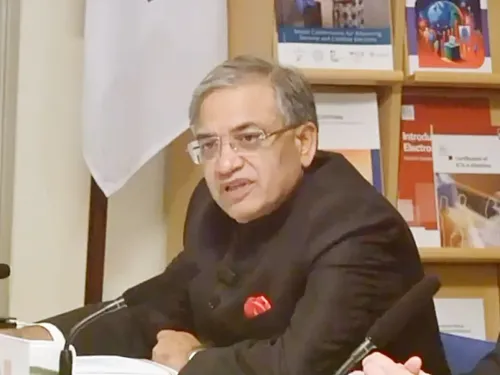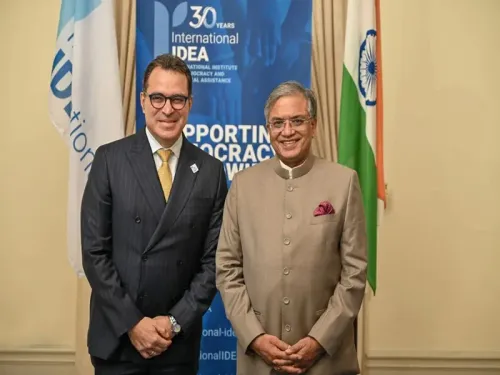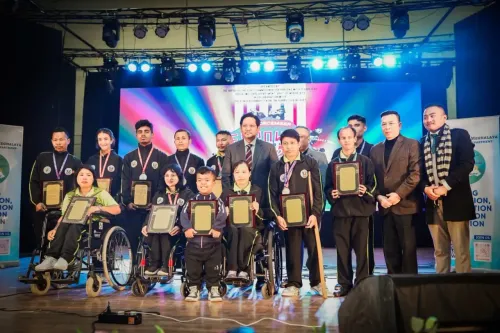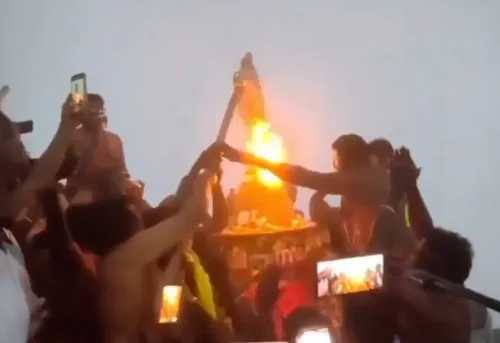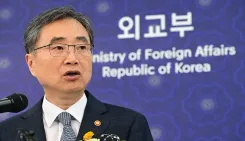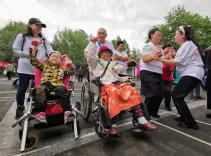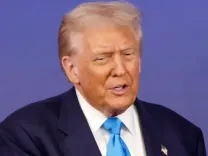Empowerment of Rural Women: A Bright Era Under PM Modi
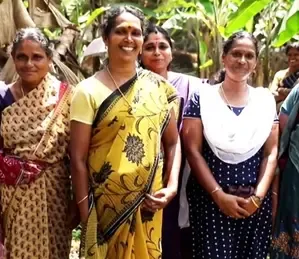
Synopsis
Key Takeaways
- Significant empowerment of rural women since 2014.
- Improved training and settlement rates over the years.
- RSETI scheme facilitates skill development and support.
- Focus on both equality and equity for rural women.
- Data shows increasing participation and success of women in various programs.
New Delhi, March 12 (NationPress) Since 2014, the empowerment of women has emerged as a central goal of Prime Minister Narendra Modi’s government. Through various initiatives, rural women have been empowered to enhance their skills, significantly increasing their capacity to support their families. These initiatives are corroborated by statistics showcasing the rise of aspirational women in rural India.
The growing involvement of women in training programs and mobilization via self-help groups has enabled them to take on leadership roles within their families and communities, leading to an improved standard of living. Data from the years 2020 to 2025 highlights the significant advancements made in the training and empowerment of rural women.
In 2020, out of 2.74 lakh women trained, 74 percent, or 2.02 lakh, successfully established themselves. In 2021, 2.07 lakh women were trained, with a settlement rate of 67 percent, equating to 1.39 lakh. This positive trend continued in 2022, when 2.57 lakh women received training, and 83 percent, or 2.12 lakh, achieved settlement. In 2023, the government trained 3.32 lakh women, resulting in an 82 percent settlement rate, or 2.32 lakh. Furthermore, in 2024, 3.60 lakh women were trained, with 81 percent, or 2.90 lakh, finding settlement.
Finally, in 2025, among the 3.83 lakh women trained, 65 percent, or 2.50 lakh, secured settlement. The Rural Self-Employment Training Institute (RSETI), a groundbreaking initiative, exemplifies a collaborative effort involving sponsoring banks, the Ministry of Rural Development of the Government of India, and state governments. The scheme utilizes a dual approach—short-term training paired with extensive support.
Currently, the program spans 588 districts across 33 states and union territories in India, operated through 602 RSETIs overseen by 25 major banks, including public, private, and rural banks. Additionally, administrative approval has been granted for the establishment of 44 new RSETIs in newly formed districts.
Prime Minister Modi has passionately advocated for equality for rural women, aiming to provide them with rights, access to resources, and opportunities comparable to those of men in rural areas. Beyond equality, he has highlighted the importance of equity—recognizing and addressing the specific challenges faced by rural women, such as entrenched social norms and limited access to education and healthcare.
In this context, equity involves addressing disparities in land ownership, ensuring rural women receive the necessary support to achieve parity with men in their communities. The goal is to provide every individual with an equitable opportunity for success, tailored to their unique circumstances.
Moreover, the data compellingly illustrates the transformative progress made by the Central Government, under the leadership of Prime Minister Modi, in promoting equality and equity among rural women in India. Under the Deen Dayal Upadhyay Gramin Kaushal Yojana (DDU-GKY), the statistics reveal notable advancements.
In 2020, of the total 2.47 lakh individuals trained, women represented 51 percent, or 1.27 lakh. In 2021, training increased to 0.38 lakh individuals, with women making up 53 percent, or 0.20 lakh. By 2022, the total number of trainees rose to 0.97 lakh, with women constituting 60 percent, or 0.58 lakh. This upward trend carried on in 2023, when 2.31 lakh individuals were trained, with women comprising 58 percent, or 1.34 lakh. In 2024, out of 2 lakh trainees, 61 percent, or 1.22 lakh, were women. Lastly, in 2025, out of 0.69 lakh individuals trained, 62 percent, or 0.43 lakh, were women.
It is noteworthy that rural women account for approximately 22 percent of the global population.


